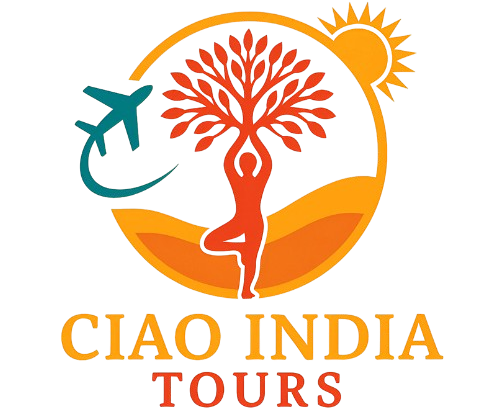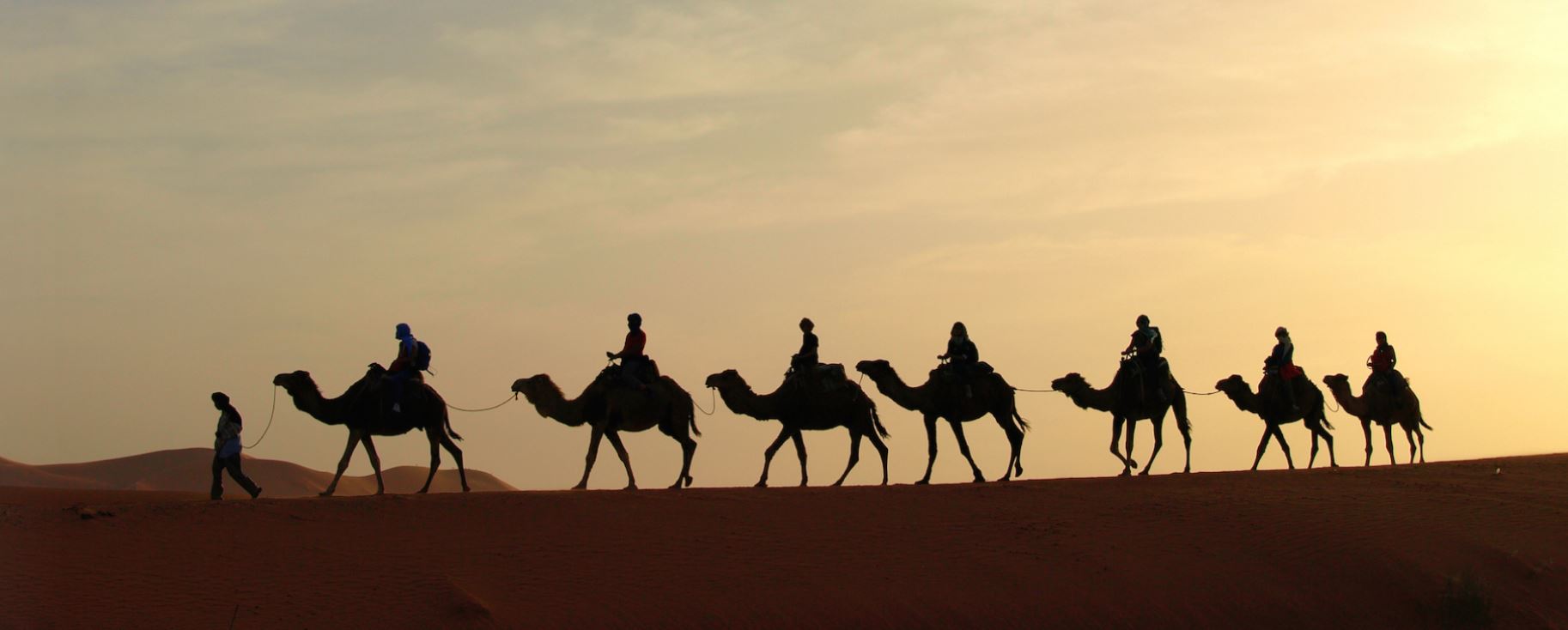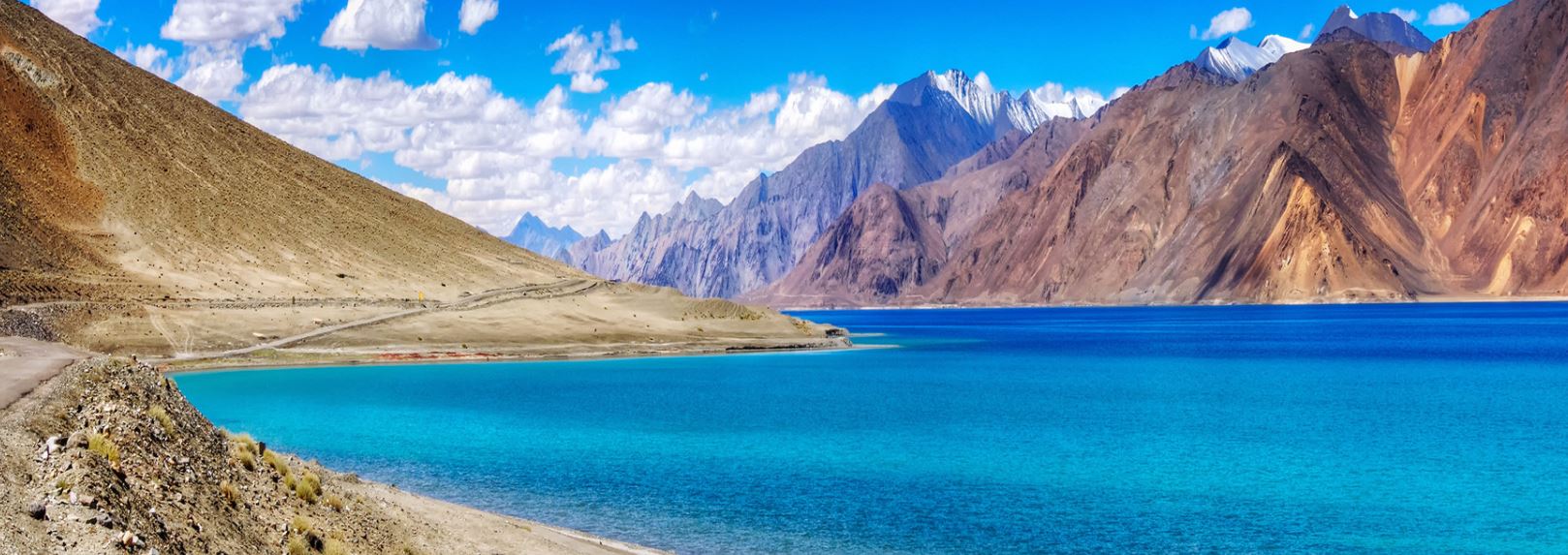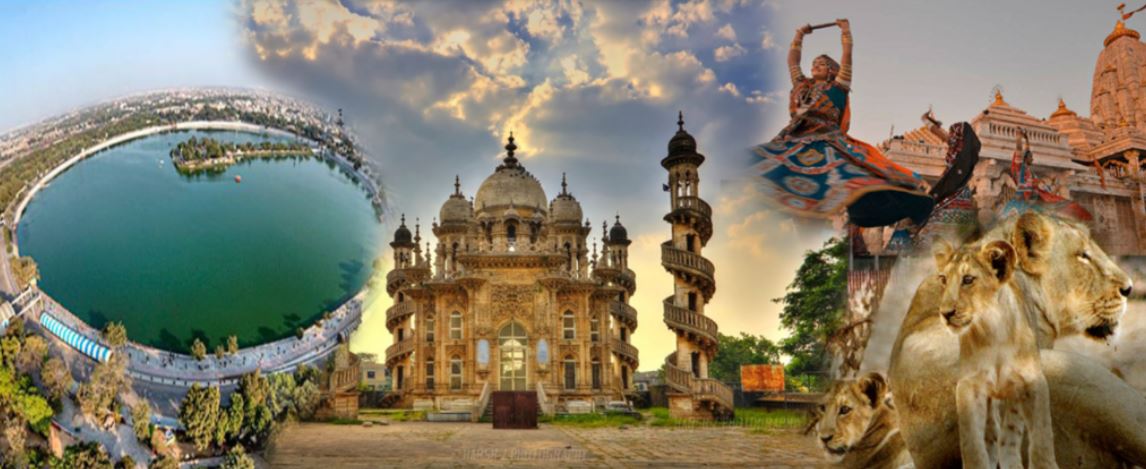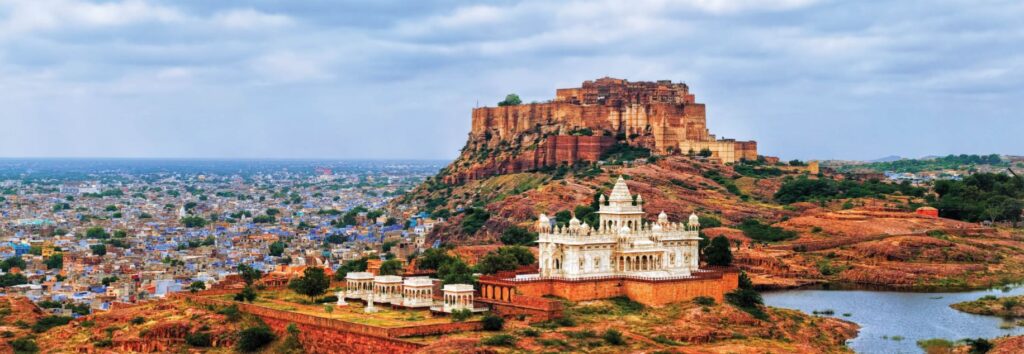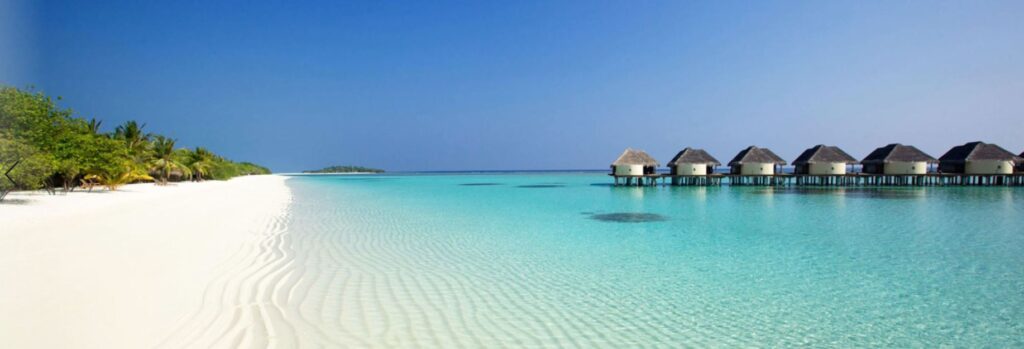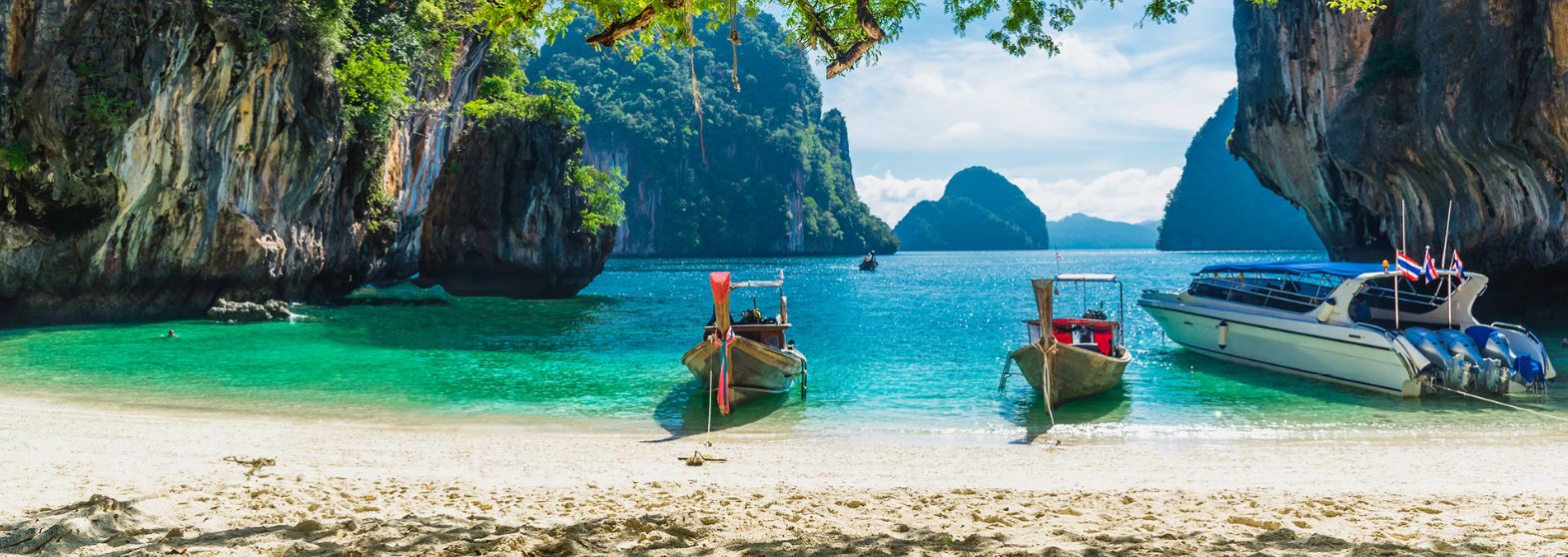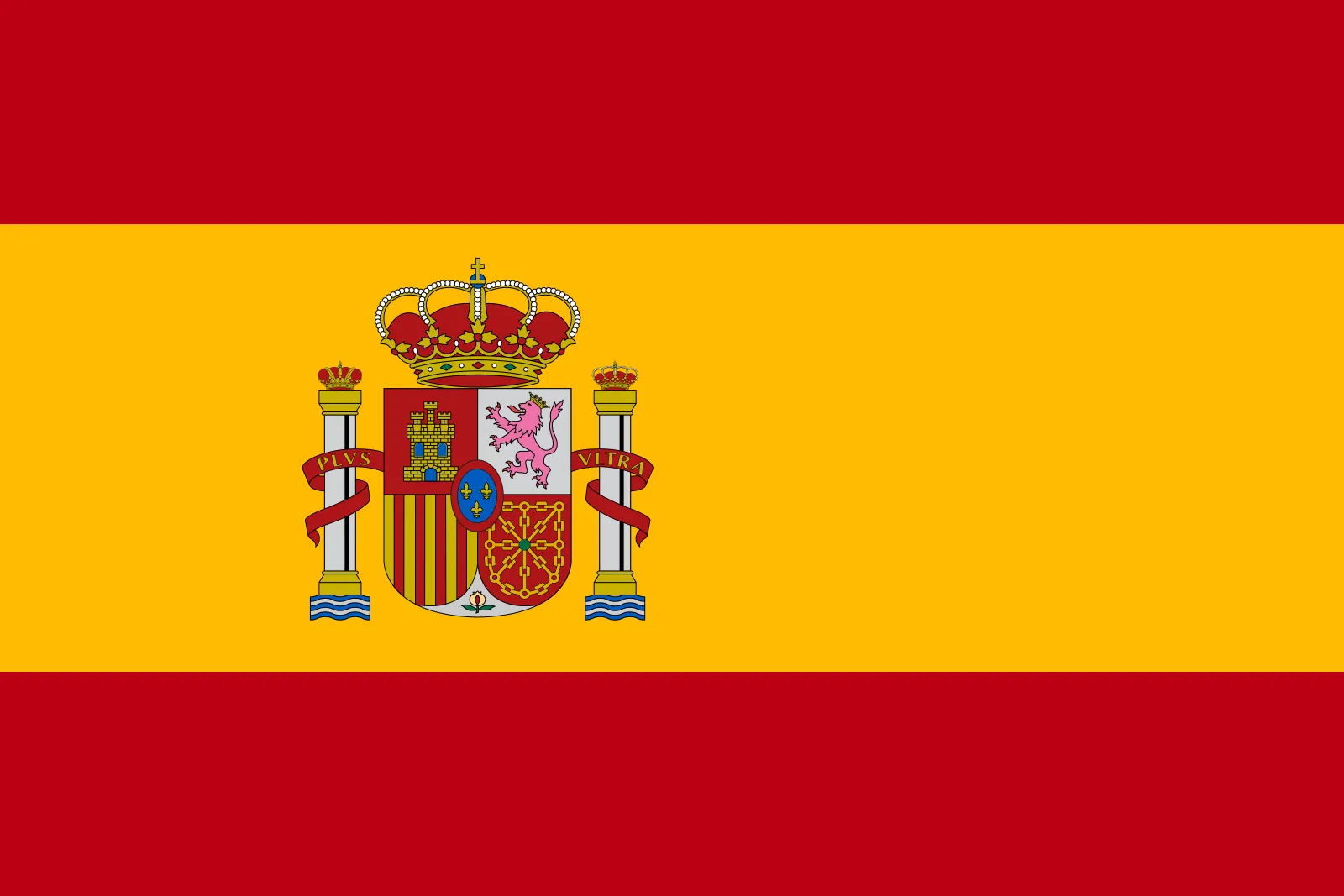All our tours are 100% customizable
Ladakh tour with trekking – 11 nights/12 days
Price to be reconfirmed – 1121 Euro/pp minimum -02 persons
Delhi-Jaipur-Abhaneri-Fatehpur Sikri-Mathura-Vrindavan-Agra-Delhi-Leh-Khardung La-Diskit-Hunder-Nubra-Sumur-Panamik-Leh-Delhi
Day 1 – Arrival in Delhi
Arrival at New Delhi International Airport.
Once the immigration procedures have been completed and your luggage has been collected, our operator will wait for you outside the Terminal for transfer to the hotel.
Arrival at the hotel and check-in. Standard check-in at 2:00 p.m. / Check-out at 12:00 p.m.
After breakfast visit Jama Masjid: – The largest and best-known mosque in India, stands not far from the Red Fort and Chandni Chowk, the oldest and busiest market in old Delhi
Old Delhi: – The characteristic atmosphere of Delhi’s markets can be best enjoyed in Chandni Chowk and generally in the narrow streets teeming with vendors and goods of all kinds at all hours.
Red Fort (Photo stop): – It is one of the works commissioned by the Mughal emperor Shah Jahan in the 17th century, its construction took approximately 9 years of work and 10 million rupees.
Raj Ghat :- Memorial marking the cremation site of Mahatma Gandhi, a man known as the Father of the Nation and a symbol of world pacifism.
India Gate: – In the centre of New Delhi stands the 42 m high India Gate, an “Arch of Triumph” like arch in the middle of a crossroads. Almost similar to its French counterpart, it commemorates the 70,000 Indian soldiers who lost their lives fighting for the British Army during the First World War.
Rashtrapati Bhavan and The Parliament Building (Photo stop) – Home to the president of the world’s largest democracy, you can also see the old and new parliament house.
Laxmi Narayan Temple: – Lord Narayan is with his consort Goddess Laxmi (the goddess of prosperity), so the temple is called Laxminarayan Temple.
Gurudwara Bangla Sahib: – It is one of the most important Sikh gurdwaras, or house of worship of the Sikhs, linked to the eighth Guru, Guru Har Krishan, it is also known for the swimming pool inside its complex, known by the name of “Sarovar”.
Overnight stay in Delhi.
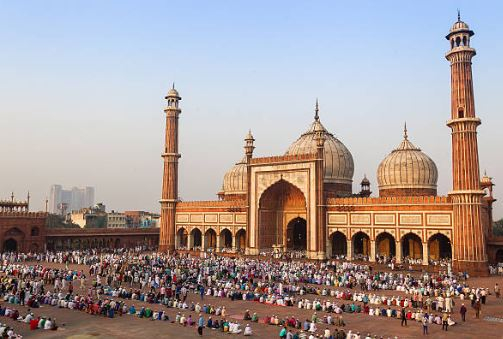
Day 02 Delhi-Jaipur (281 km, 5 hours)
After breakfast, departure for Jaipur.
On arrival visit Birla mandir:- Birla Temple, Jaipur At the foot of the Moti Dungri fort lies the Birla Temple. This temple is one of the most beautiful attractions of Jaipur. Jaipur's Birla Temple is stunning when illuminated at night.
Local Market: - Jaipur, famous for jewelery and clothes, is most visited by people who love both. There are many famous markets in Jaipur that sell precious stones, gems, semi-precious stones and jewelery with a limited warranty.
Overnight stay in Jaipur.

Day 03 Jaipur
After breakfast. Visit Amer Fort: - Amer is a city with an area of 4 square kilometers (1.5 square miles) located 11 kilometers (6.8 miles) from Jaipur, the capital of Rajasthan.
Jal Mahal (Outdoor Photo Stop): - Jal Mahal is a work of art which is located in the center of Man Sagar lake, the palace will give you the illusion of almost floating on top of the lake and that is the moment when this The sight takes your breath away.
City Palace: - Jaipur, comprising the Chandra Mahal and Mubarak Mahal palaces and other buildings, is a palace complex in Jaipur, the capital of the state of Rajasthan, India. It was the seat of the Maharaja of Jaipur, the head of the Kachwaha Rajput clan.
Jantar Manta r:- is an equinoctial sundial, consisting of a gigantic triangular gnomon with the hypotenuse parallel to the earth's axis. On the sides of the gnomon is a quadrant of a circle, parallel to the plane of the equator.
Hawa Mahal (Outdoor Photo Stop): - Hawa Mahal (English translation: “Palace of the Winds” or “Palace of the Breeze”) is a palace in Jaipur, India, so it is named because it was essentially a high screen wall built in a manner that women of the royal family could observe street festivals while unseen from the outside
Galtaji Temple: - The temple is also known as the monkey temple as there are so many monkeys there. The temple is dedicated to God Hanumana, established in 16th century by Diwan Rao Kriparam who was the advisor of King Sawai Jai Singh II.
Overnight stay in Jaipur.
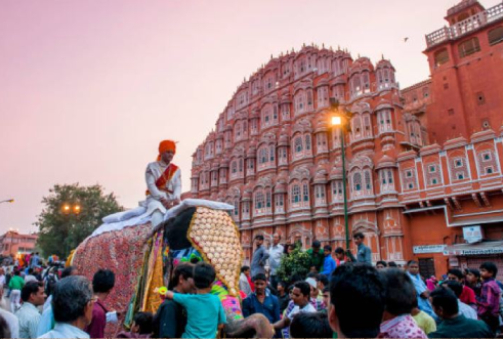
Day 04 Jaipur-Abhaneri-Fatehpur Sikri- Agra (241 km 4 hours 30 minutes)
After breakfast, departure for Agra.
Along the way we will visit the very famous Chand Baori well located in the small village of Abhaneri.
Abhaneri:- is famous for 'bhaori', wells dug by the natives to collect rainwater. These structures, depending on the time of year, are used as places to cool off or as water tanks. Chand Baori is the most popular of the wells in the region, and is one of the deepest and largest in India. Structured in 3500 very narrow steps, it develops along 13 floors reaching a depth of 30 metres. This colossal well is located in front of the Harshat Mata temple, it has now become a ritual to wash hands and feet in the well before visiting the adjacent temple.
Fatehpur Sikri: - Built by the Mughal emperor Akbar in the mid-16th century, Fatehpur Sikri (i.e. City of Victory) was the capital of his empire for 15 years. Built in Indo-Islamic style, Sikri is a red sandstone complex full of palaces, mosques, temples and other structures.
Overnight stay in Agra.

Day 05 Agra-Delhi (237 km, 4 hours)
After breakfast, visit Taj Mahal: - is one of the seven wonders of the world and a must-see place in India. It is the living exemplar of the romantic life of Shah Jahan and his beautiful wife Mumtaz Mahal. The construction of this beautiful monument was completed in 1653 AD The Mughal king Sha Jahan built it as the final resting place for Queen Mumtaz.
Agra Fort: - Agra Fort located on the strong banks of the Yamuna river. Surrounded by mighty walls, the complex has inside the fort numerous palaces, gardens, halls and other structures of historical sites.
Mehtab Bagh - This beautiful garden is located on the western bank of the Yamuna River and is in perfect alignment with the Taj Mahal gardens located across the river.
Depart to Delhi, upon arrival, transfer to the hotel.
Overnight in Delhi
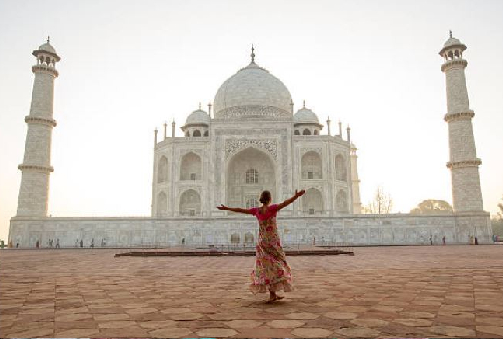
Day 06 Delhi-Leh (by flight)
After breakfast, depart to the airport of Delhi to take the flight to Leh
Upon arrival in Leh, transfer to the hotel.
We recommend half a day of relaxation to acclimatise.
Leh Market: - The market is divided into several small paths and streets, with sections dedicated to clothes, artefacts, spices, food, souvenirs and handicrafts. One of the best things that Leh Main Market is famous for is its woollen garments. Due to the cold climate, the people of Leh have a culture of making hand-woven woollen clothes, which have now become popular and demand local products from Ladakh
Overnight stay in Leh.
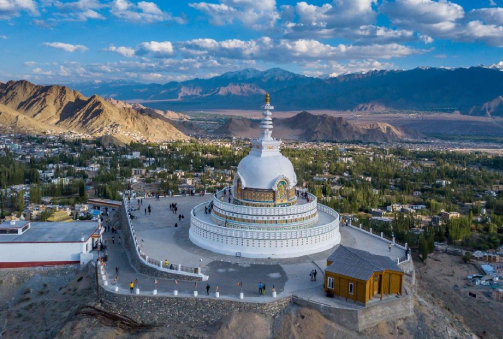
Day 07 Leh
After breakfast, visit Taktok Gompa:- Takthok Monastery is situated in a village Sakti, Ladakh, which is 46 km east of Leh. Takthok Monastery is also recognized as Thag Thong or Thak Thak. Generally Takthok means rock roof as it is made of rock. This monastery belongs to the Nyingma tradition of Tibetan Buddhism and the number of lamas residing in the monastery is only 55.
Thiksey:- Thiksey Monastery belongs to the Gelug or Yelloe Hat sect of Tibetan Buddhist. It is also known for its annual Gustor festival held in the month of October/November where a fair is held at the base of the monastery where villagers from all over Ladakh come to barter and exchange items and socialize.
Shey:- It is the second largest Buddha statue in Ladakh. Shey Monastery is located within the Shey Palace complex. The original palace, now in ruins, was built near the village of Shey by Lhachen Palgyigon, king of Ladakh (then called Maryul), in the 10th century.
Stok:- Situated on the banks of the Indus River on the outskirts of the city, the Stok Palace is a magnificent three-storeyed structure. Still the summer residence of the Ladakh royal family, around 12 of its 80 rooms are still functional. The Royal Palace Museum is a must visit as it displays items such as imperial thangka paintings, the king's crown, Perak robes, coins, jewelery adorned with turquoise and lapis lazuli and the queen's ancient turquoise and gold yub-jhur (studded headdress of turquoises) and many religious objects.
Overnight in Leh
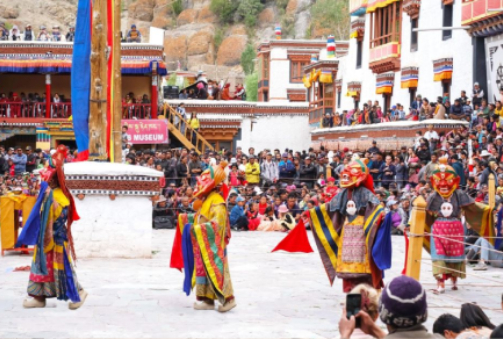
Day 08 Leh-Khardung La-Diskit-Hunder (125 Km, 3 hours 35 minutes) (Half board)
After breakfast, departure for Hunder.
En route we visit Khardung La Pass
Khardung La Pass :- Khardung La Pass is a gateway to some of the most enchanting and unexplored landscapes. This famous mountain pass is very popular among adventurers and regular tourists alike. Located in the Leh district of the Indian Union Territory, Khardung La is located at an altitude of 5,359 metres. It is considered the highest pass for vehicles in the world. Historically speaking, Khardung La is quite significant as it is located on the main caravan route connecting Leh to Kashgar in Central Asia.
Diskit :- Belonging to the 14th century, this monastery is considered to be the largest and oldest monastery in the Nubra Valley. Also known as Diskit Gompa, the most prominent attraction of the monastery is the huge Maitreya Buddha statue at the top, which was inaugurated by His Highness Dalai Lama.
Maitreya Buddha :- 32 meter high statue of Maitreya Buddha facing the Shyok River. This statue was built recently, with 8 Kg of gold which was donated by the head of the Gompa and was sanctified by the Dalai Lama on 24 July 2010. It is said that this statue was built to protect the village from wars and promote peace in the world.
Overnight stay in Hunder.
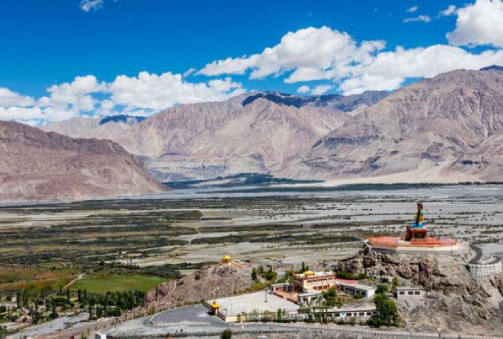
Day 09 Hunder-Samstanling-Panamik-Siachen Camp-Ensa-Nubra Valley-Hunder (Return 173 km, 4 hours and 40 minutes) (Half board)
After breakfast the day begins.
Samstanling:- Located in Sumlur village in the Nubra Valley region, Samstanling Monastery was founded 140 years ago in 1841 by Lama Tsultim Nima. The Monastery is located 124 km from Leh and serves more than 50 monks with their daily needs.
Panamik:- Panamik hot water spring is located at an altitude of 10442 feet above sea level. Spring water contains a high amount of sulfur and is considered the best for treating rheumatism and other ailments.
Ensa:- Ensa Monastery, otherwise known as Ensa Gompa, is located in the vicinity of Panamik village. Travelers must visit this 250-year-old monastery as it is considered one of the major attractions of Nubra Valley.
Nubra Valley:- Surrounded by snow-capped Himalayan ranges, Nubra Valley is located between Tibet and Kashmir. The view of the valley is picturesque and breathtaking. During winter, the whole valley looks like a lunar landscape (which is why it is called Moonland) and in summer full of greenery.
Upon arrival in Hunder.
Overnight stay in Hunder.
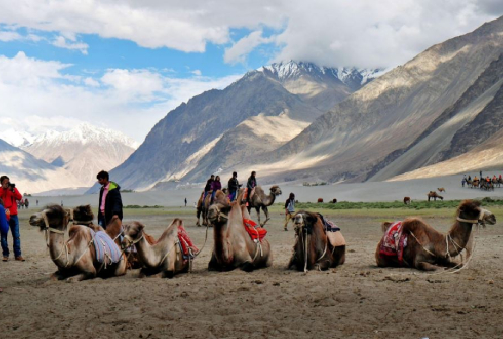
Day 10 Hunder-Shyok-Leh (227 km, 6 hours)
After breakfast, depart for Leh.
Along the way we visit Shyok
We will start the day by following the same route towards Leh until reaching Khalsar. From Agyam Bridge, we will take the left road which takes us to the villages of Shyok and Durbuk. The route is little used for commuting, so you won't find heavy traffic on any day.
Upon arrival, transfer to the hotel
Overnight stay in Leh.
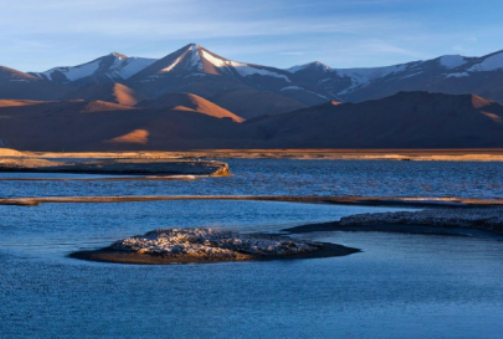
Day 11 Leh-Delhi (With the flight 1 hour and 25 minutes departure at 09:20 AM and arrival at 10:45 AM) (Half board with dinner)
After breakfast, transfer to Leh airport according to the flight schedule for Delhi.
Arriving in Delhi we visit theQutub Minar: - it is among the most famous monuments, this beautiful 71-meter minaret is considered the tallest tower in the world. The Qutub Minar is one of the many masterpieces that represents the majesty of the Mughal architects.
Humayun's Tomb:- Humayun is the second Mughal Emperor of India who died in 1556, the widow Hamida Banu Begam, also known as Haji Begam, began the construction of his tomb in 1569, fourteen years after her husband's death. Humayun's tomb is the first example of Mughal style, inspired by Persian architecture.
Palika Bazaar: - It is known as a place with very low prices and a famous tourist attraction. It also has a reputation for wide availability of illegal products such as pornography, stolen goods, fake designer products, and unlicensed CDs, software, and films.
Janpath Market: - Janpath Market is one of the most famous markets for tourists (Indian and foreign) in New Delhi. The market is essentially a long row of boutiques selling products not found in today's malls and showrooms in the city.
Connaught Place: - The beating heart of Delhi, Connaught Place is a historic neighborhood that has been modeled on the Georgian architectural style. Lined with a myriad of restaurants, high-end shops, lounges, theaters and bookstores, the market is the hub of most activities in Delhi. Spread across two concentric circles, Connaught Place holds a vintage character that contrasts vividly with various cosmopolitan shops and cafes crowned with blaring neon signs. On any good day, you can see a number of students and office workers flocking to the streets and enjoying the pleasant weather while savoring a plate of chaat from a vendor.
Overnight stay in Delhi.
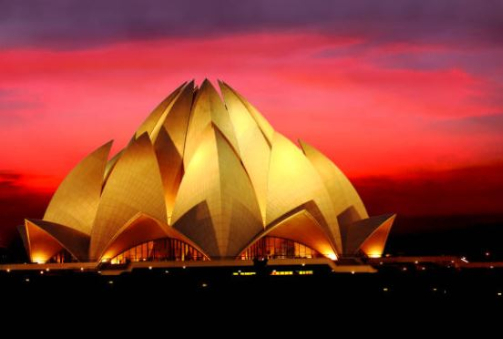
Day 12 Leh – Next destination
Transfer to the airport
Ciao India Tours wishes you a happy trip.
Inclusions:
- 13 nights’ accommodation in 3 star/Heritage hotels half board, with breakfast and dinner including all existing taxes.
- All transfers from the airport to the hotel and vice versa are scheduled.
- Meeting and assistance upon arrival by our representative at the airport.
- All scheduled trips with medium air conditioning car.
- Half board in Leh and Ladakh sector.
- The flight from Delhi to Leh.
- The flight from Leh to Delhi.
- One bottle of water per person every day.
- All taxes included.
- The toll, the parking, the fuel, the driver's accommodation.
Exclusions:
- Visa, health insurance, cancellation of flights, trains, tip, tourist guide, monument ticket, activities, personal expenses, camera etc.
- Everything that is not part of the inclusions.
